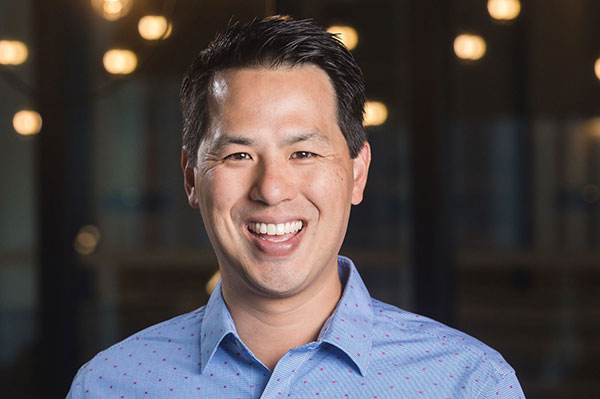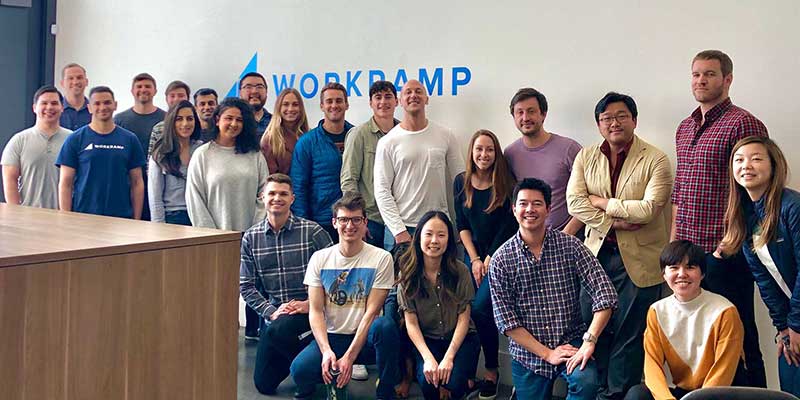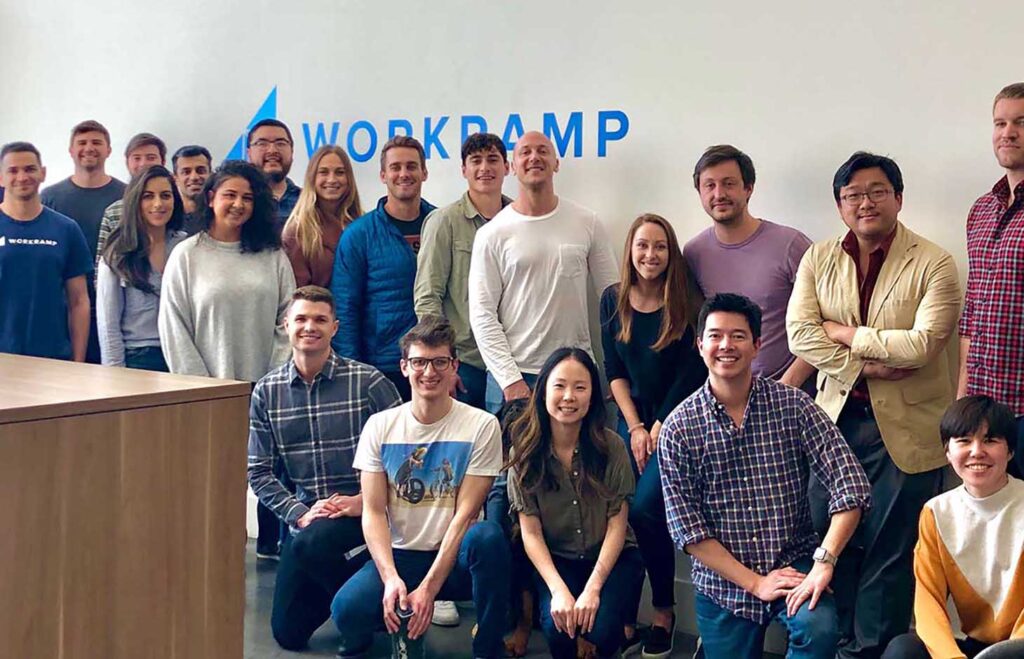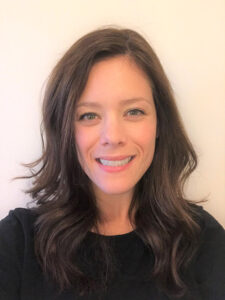As the digital revolution rolls on, modern life continues to move at a rushing pace. This speed and urgency is especially palpable in the SaaS business world.
SaaS is booming. This is truer than ever thanks to the relatively recent transition to wide-spread remote work and life.
Spending in this space was at $257 billion in 2020—up from around $242 billion in 2019—and is expected to increase to nearly $305 billion in 2021.
While the lifespan of most SaaS businesses is still less than three years, those that do survive and thrive are often doing so rapidly—building their customer bases, multiplying their recurring revenue, and raising round after round of funding.
But at the beginning of 2020, faced with an unexpected and unknown challenge, the entire world slowed down for a moment.
Even SaaS businesses with products and services well-suited to solve the unique challenges brought on by the pandemic were forced to revisit their future forecasts and take a conscientious approach with their customers.
Almost everyone had at least a few customers in more affected industries struggling to stay afloat, and others that were pulling back on budgets.
However, that initial disruption didn’t last long.
By the summer, and certainly by the fall, footing was found and the SaaS space pressed ahead into the new normal. In fact, many even jumped right back into the fast lane and started racing toward their next growth opportunity.
How has the SaaS venture capital investment space changed?
During the first part of the COVID pandemic, new investment in the SaaS space went in waves and generally slowed a bit in line with the greater business environment. But the rebound more than made up for it.

“Heading into the end of last year and into this year, it’s been crazy town,” said Eugene Lee, part of the investment team for OMERS Ventures—the venture capital investment arm of OMERS. Lee focuses on opportunities in workplace technology and workplace SaaS.
“Companies are fundraising, and if they’re not fundraising, one thing that has popped up is a lot of venture firms are doing what we call pre-empting.”
Pre-empting is a process that sees firms funding businesses before they raise their next big round, he said.
However, one obvious change when it comes to fundraising is the way in which it’s done—a process that previously involved a series of in-person due diligence meetings has now been forced to go entirely virtual.
Last year proved there are so many unknown factors that can derail a growing business, said Lee. Strong SaaS teams and especially strong SaaS founders able to adjust are a must-have for investment firms like OMERS Ventures.
So how do VCs get a real feel for founders and their teams through a screen?
The surprising benefits of remote SaaS fundraising
“In a weird way, it has actually helped us,” said Lee. “I can do more calls because I’m not travelling and the other person’s not travelling. I can even go a full day of back-to-backs when doing due diligence on a company. Before it was physically more difficult with driving and flying.”
Beyond the logistical benefits, Lee said he has also noticed the conversations he’s having with SaaS founders are getting more personable.
I think there’s a little bit more vulnerability and a little bit more openness in some of these conversations because you’re sitting in your house and I’m sitting in mine,” he said.
Lee pointed out in his own home office he has visible photos of his family and a sports jersey hanging on his wall. These are all things that show personality and spark conversation, he said.
“I think that’s been super helpful in learning about founders and founders learning about us versus going to an office and sitting across a conference table, which is not always the best medium.”
After all, the interactions investors have with SaaS founders can make or break an opportunity. The investment cycle is long, and VCs invest in human relationships at the end of the day.
“We like to build relationships very early on—as early as possible,” said Lee. “Even if we’re not the right partner at that moment in time, it just helps us get to know each other better and see if we can work well together.”
The virtual environment has served to expedite this process and allows for a greater number of meetings and impromptu conversations.
So even though the process is a little different, doors are certainly opening for SaaS businesses that show vision and growth potential.
By December 2020, it proved to be the right time for enterprise learning platform WorkRamp. The San Francisco-based SaaS raised $17 million is a Series B round led by OMERS Ventures.

Raising capital during a pandemic
WorkRamp’s Series B round came about a year and a half after the SaaS company raised an $8 million Series A.
My goals are usually 24 months between major rounds. And if you can get it in 18, I think that’s kind of great spot to be in,” said cofounder and CEO Ted Blosser.
So how did Blosser feel about reaching for that next round during a pandemic?
“I didn’t have any reservations doing it,” he said. “I think when looking at the data and looking at the market, we thought it was the best bet to make.”
Blosser and his team looked at all the data points, including:
- what their competitors were doing
- what they wanted to accomplish in the year ahead from a growth standpoint, and
- was their valuation fair?
They objectively weighed the pros and cons and made an educated decision to move forward with fundraising. And from there, the relationship-building process began.
The Series B round from the SaaS founder perspective

From conversations he had with other founders, Blosser said he knew to expect a more communication and relationship-focused process with this fundraising cycle.
In a series A round, you can generate a lot of demand for your business as a potential investment opportunity. It’s about getting the most bang for your buck so you can grow rapidly. Once you hit Series B, the pond gets smaller. It’s becomes about forming deeper relationships with potential board partners.
Not a lot of people understand this about the fundraising process, but the best partners are the ones that are your champions,” he said. “They’re the people advocating for you. They’re selling you internally at the firm.”
So, while Blosser and Lee were geographically only two towns apart in the real world, they began building a relationship of trust and transparency over Zoom.
“It was almost over-communication,” said Blosser. “We were talking almost weekly for a while, and it wasn’t even on specifics. It was about our vision of the market, what he’s seen, and just learning from each other.”
By the end, the two were texting, calling one another from their cars, and even talking about their kids.
“You have to build that trust to be able to go pitch this internally to the broader stakeholders. And again, all via Zoom.”
Is now the time for your SaaS to be fundraising?
In terms of overall strategy and how VCs think about potential investments and investing in founders, nothing has fundamentally changed over the past year, said Lee.
While the process may have shifted slightly, the expectations for SaaS founders entering the funding cycle remain the same.
“What’s their large vision, not just now, but what’s their vision three, four, and five years from now? And do we believe that they can accomplish some of that?” he said.
Of course, in terms of metrics like customer traction, user traction, and revenue, there are certain things VCs look for depending on the funding stage. But there are no hard and fast rules.
There used to be some benchmarks around metrics back in the day regarding fundraising readiness said Lee, such as you needed to have $1 million in ARR. But that’s not necessarily the case today.
I think as long as you’re showing growth and traction in a certain area, you should be talking to investors all along and building those relationships. You never know what can happen,” he said.
And from the SaaS founder perspective?
In Blosser’s opinion, if your business in is a market that’s part of digital transformation, you shouldn’t hesitate in moving ahead on your fundraising journey.
“The opportunity is in our space now to help people digitally transform. It’s a growing market and it’s like the gold rush,” he said. “If you want to take part, you’ll need to jump into fundraising mode and put yourself out there.”
Of course, on the flip side, the timing might not be right for every business.
If your business’s market isn’t benefiting from the digital transformation trends, it might be worth holding off for a more opportune time when there’s tailwinds you can ride, he said.








